EDITORIAL
Published on 03 Jan 2022
Editorial: Interfacing Humans and Machines for Rehabilitation and Assistive Devices
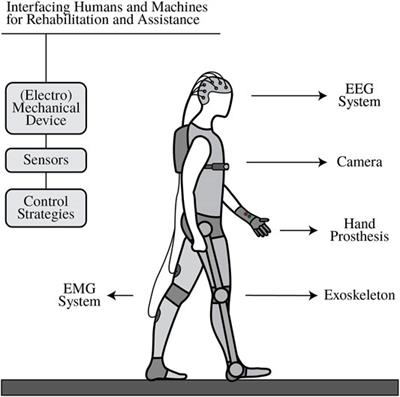
doi 10.3389/frobt.2021.796431
- 2,964 views
- 2 citations
30k
Total downloads
164k
Total views and downloads
EDITORIAL
Published on 03 Jan 2022

ORIGINAL RESEARCH
Published on 14 Apr 2021
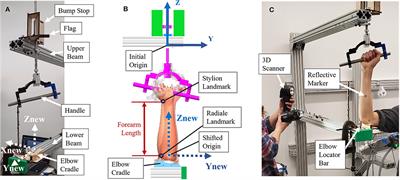
ORIGINAL RESEARCH
Published on 11 Jan 2021
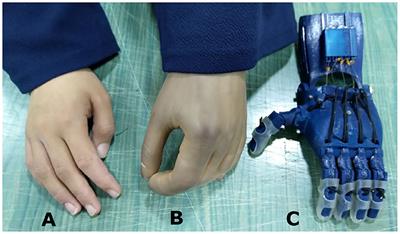
ORIGINAL RESEARCH
Published on 17 Dec 2020
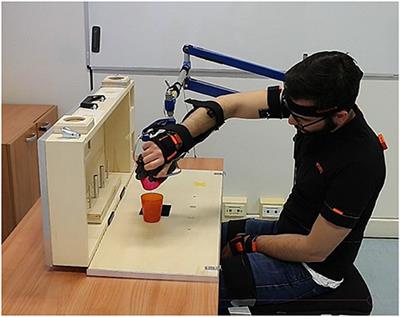
ORIGINAL RESEARCH
Published on 16 Dec 2020
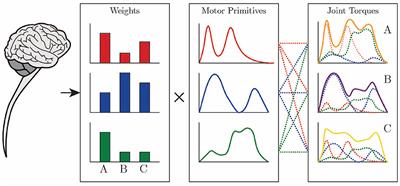
ORIGINAL RESEARCH
Published on 09 Dec 2020
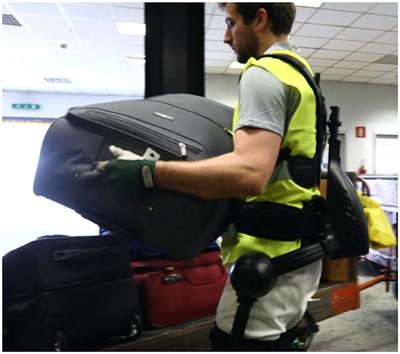
ORIGINAL RESEARCH
Published on 09 Dec 2020
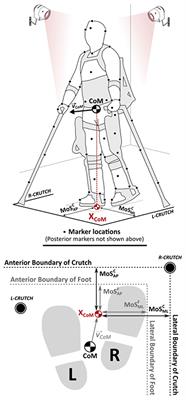
DATA REPORT
Published on 03 Dec 2020
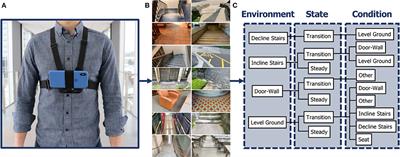
ORIGINAL RESEARCH
Published on 27 Nov 2020
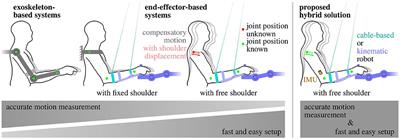
ORIGINAL RESEARCH
Published on 16 Nov 2020
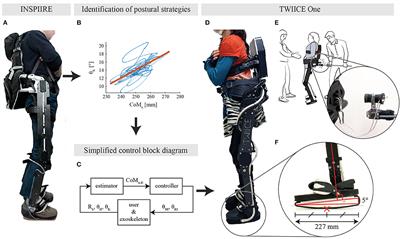
SYSTEMATIC REVIEW
Published on 16 Nov 2020
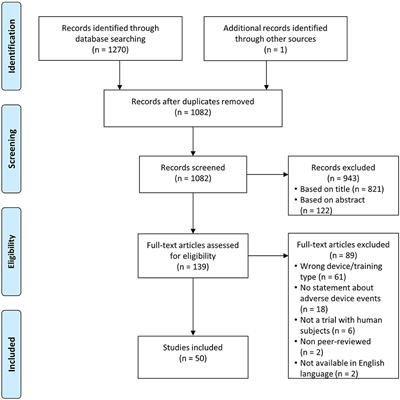
ORIGINAL RESEARCH
Published on 16 Nov 2020
